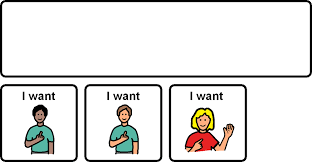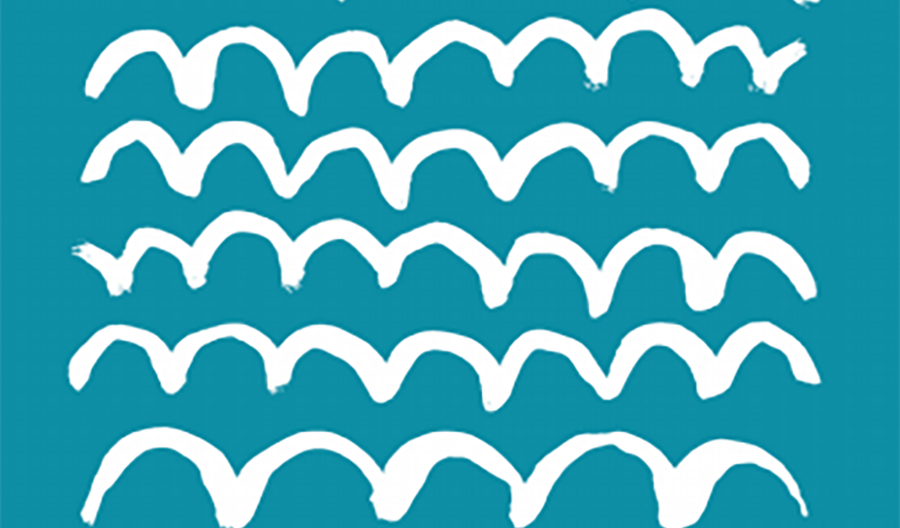I like squeezes on my arms, I’m in control of my body!
We all know those kiddos – even when they are (miraculously) sitting in their seat for more than 2 minutes at a time, they’re still squirming, sliding down in their chair or moving their body side to side. They are constantly seeking to interact with their environment. Or maybe you can relate to leading groups every week and feeling the urge to bring in something new and different for the clients to experience other than instruments. Lucky for us, the world of Neurologic Music Therapy has an answer in 4 simple letters: MSOT. Musical Sensory Orientation Training.
Thaut, in Rhythm, Music and the Brain, describes MSOT as follows:
“Musical Sensory Orientation Training (MSOT) is the use of music, presented live or recorded, to stimulate arousal and recovery of wake states and facilitate meaningful responsiveness and orientation to time, place, and person. In more advanced recovery of developmental stages, training would involve active engagement in simple musical exercises to increase vigilance and train basic attention maintenance with emphasis on quantity rather than quality of response (Ogata 1995).”
Let’s all say it together now: MSOT is my friend! It is so important to ensure that our clients are learning to self-regulate and getting the sensory input that their bodies crave. Sensory integration is a neurobiological process that refers to the integration and interpretation of sensory stimulation from the environment by the brain. Individuals with developmental disabilities often have either over- or under- reactive sensory systems, which can mean sensory input from the environment is not being organized properly in the brain. This makes the sensory experiences we as music therapists provide for them particularly important. Below are several MSOT strategies I’ve recently been exploring with clients – the possibilities are endless!
- Cabasa – I never understood the power of the cabasa until internship. It is an easy way to take a sensory “break” while keeping the music and instruments going throughout the activity. For my non-verbal clients I use a simple “I want ____” visual and have them choose a body part (i.e. hands, arms, legs, back) for where they want the cabasa. You can make up a simple song or chant about where you’re playing the cabasa and use a background loop to free up your hands to provide that input for the client. You can also use this same format but instead give deep pressure squeezes and simply substitute the lyrics to “I like squeezes on my arms”.

2. Therapy Ball – I love using the therapy ball because it’s a great way to incorporate sensory integration into whatever intervention you’re working on (like Bi-lateral drumming). This targets the the Proprioceptive System – helping our clients understand where their body is in space.
3. Get Creative – Have fun with exploring MSOT strategies! For adult groups, my co-intern and I have been enjoying bringing in essential oils (stimulating olfactory system), fun themed props for Spring Holidays (tactile), instruments like chimes, cabasa, and drums, bubbles, scarves, and scented squeeze balls. I hope you’ll find that this brings a fun, novel element to your groups.
Music making (with an instrument) naturally stimulates 3 out of our 5 senses (auditory, tactile, and visual). If you can add some type of olfactory element, we have 4 out of the 5 covered – a great goal to aim for while session planning. It’s great to have a variety of MSOT strategies in your tool-belt in order to adapt to what your client needs in the moment – get creative and have fun with it!
-Marissa






